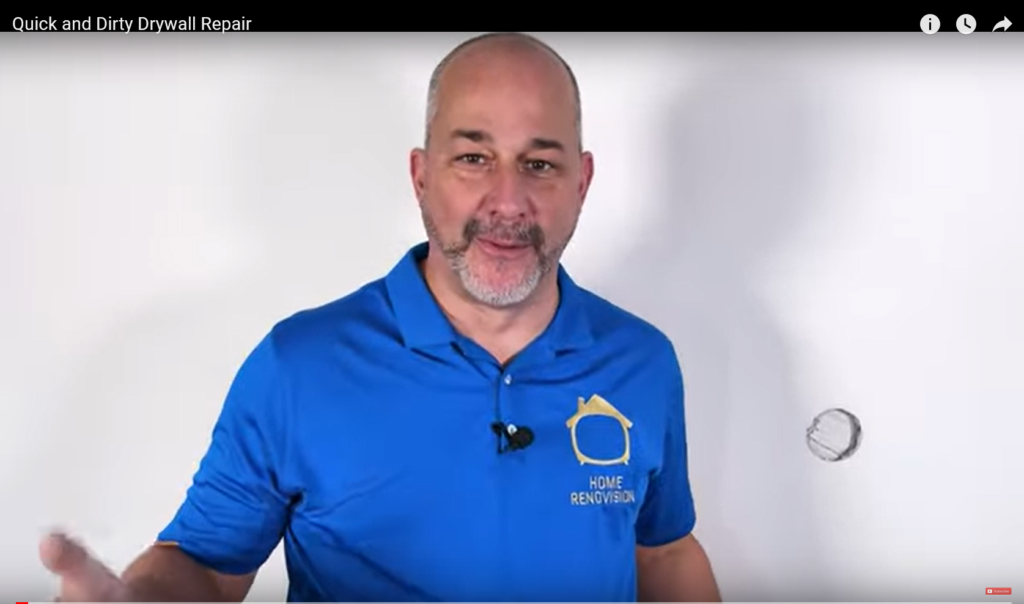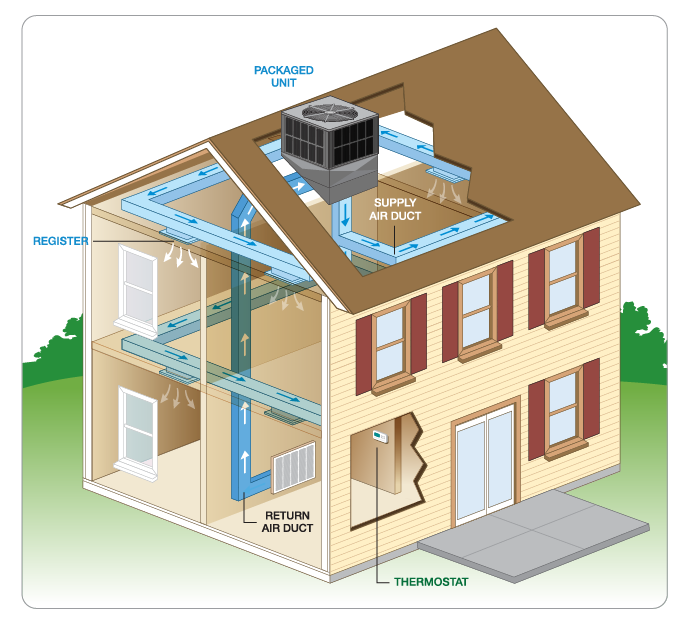Healthy and Wealthy: How Planning Can Boost Your Well-Being
Key Points
- Researchers have identified interesting links between health and wealth that underscore the benefits of planning.
- Even if you’re not a born planner, you can still take certain steps to help reach your goals.
- We discuss four strategies to help you start planning now.
Health and wealth are often related. That may sound intuitive, but the interconnections between the two may surprise you. They can also help shed light on some of the key challenges of retirement planning.
We know that health woes can hurt your finances. For example, a prolonged illness can lead to high medical bills and keep you from working. Researchers have also shown that financial troubles can be bad for your physical health, causing everything from stress, depression and insomnia to headaches, high blood pressure and eating disorders.1
There are other connections, as well. A growing body of research has revealed that efforts to preserve your physical and financial health can be hindered by similar behavioral obstacles. Fortunately, it’s also turning up some intriguing options for managing this behavior.
Here, we’ll take a closer look at some insights from the world of behavioral research and discuss how investors can incorporate them into their retirement planning.
Preserving well-being
Most people may know—intellectually, at least—what habits tend to encourage success. But getting into these habits can occasionally prove challenging.
For example, exercising regularly is generally considered to be part of a healthy lifestyle. But that doesn’t make it any easier to go for an early-morning jog. So it goes with working toward a financial goal, such as saving for retirement. We may appreciate how important it is to save and invest, but it’s not always easy to make the right financial call. So how do we make it easier to go from understanding what we should do to actually doing it?
A propensity to plan
Researchers have studied why otherwise similar households appear to accumulate different amounts of wealth over time and identified one major factor: planning. In fact, one study found that people who plan—that is, people who determine how much money they’ll need in retirement and create a savings plan to get there—at the median accumulate three times the amount of wealth that non-planners do.2
Unfortunately, not everyone is a planner. In fact, some people appear to have a natural “propensity to plan,” and researchers have shown that such people are typically better at controlling their spending and reaching their financial goals.3
They also tend, on average, to make healthier choices in their day-to-day lives. One study asked survey respondents about a variety of health- and finance-related planning topics—for example, “do you eat a healthy breakfast every day” and “do you have a monthly budget and do you tend to stick to it”—and found that planners do well at both.4
But what if you don’t have that propensity?
Forming habits
Wanting to accomplish a given task—whether it’s working out or saving enough for retirement—doesn’t guarantee that you will. Sometimes other habits get in the way.
The good news is that researchers have identified some planning tools you can use to change certain kinds of unhelpful behavior.5 Broadly, the elements of an effective plan include:
- Intent. This is a simple matter of wanting to achieve a given goal.
- Action steps. This is where you plan when, where and how you take certain steps toward accomplishing your goal. If your goal is to lose weight, this is where you might decide how often you’ll work out each week. If you’re saving for retirement, you might identify how much you want to save and how you’ll invest.
- Coping planning. This is where you try to anticipate the obstacles you might face while carrying out your action steps, and make subsidiary plans to deal with them so you can stay focused. It’s where you ask: What if things go wrong? What if you don’t want to exercise? Or what if you’d rather go to France than save for retirement, or the market falls and your plan hits the skids? It helps to create supporting plans, in advance, to avoid distraction and keep you focused on your action steps.
How effective is this kind of planning structure? One study from the world of health research found that cardiac rehabilitation patients were better able to stick to exercise regimes as part of their treatment if they planned out action steps and developed coping plans.6 Could this be another area where health and wealth are intertwined?
What can you do now?
-
Try to see financial planning in the same light as other areas of your personal life. Do you take annual vacations to improve your mental well-being and family relationships? Do you walk several times a week to improve physical health? If so, try to think about financial planning in a similar way. For example, in the same way you would plan a vacation or set a weight-loss goal, try to identify what you need to do to retire comfortably. Identify action steps like contributing to an employer-sponsored retirement plan or an IRA. And schedule an annual check-up with a financial advisor.
-
Take small steps. Most people don’t suddenly decide to run a marathon on the day of the race. They generally do a lot of training first, building up their stamina and strength over time using a series of action steps. Building wealth can work the same way. Take small steps. Review your contributions to your retirement accounts, talk to a financial advisor about your goals and budget, total your expenses for the last year to see if they match your income, and determine if you have room to save more.
-
Make it easy. Once you have a plan, consider taking steps to help you cope with potential hurdles. Decide on an amount that you can afford to save from your paycheck. Then set up automatic deposits and investment plans. Again, if you need help, talk to an advisor. If you’re already retired and living off savings, visit an advisor annually to determine an appropriate annual spending rate—and stick with it. Ask your advisor to help set up automatic withdrawals from your savings based on your plan. And then live your life, updating your plan annually rather than daily.
-
Don’t wait to get started. You have to start somewhere. You can always find ways to exercise or save more in the future. Don’t let a modest beginning keep you from starting. Write out your goals and then talk with an advisor about how best to achieve them. If you want to build wealth, you’ll have to redirect some of the income you earn today to invest it to spend another day. The rest is details.
How much are you spending? How much can you save? How are you investing? If you have a detailed plan, that’s great. If you don’t, talk with an advisor and start one now.
Health and wealth interact in interesting ways. The benefits of developing and sticking with a plan—whether you’re exercising or saving money—are clear. And the research appears to suggest that health-promoting habits and good financial practices tend to reinforce one another. So why delay? Talk with an advisor, and start now.
1Barbara O’Neill, Benoit Sorhaindo, Jing Jian Xiao, and E. Thomas Garman, “Negative Health Effects of Financial Stress,” Consumer Interests Annual, 2005.
2Annamaria Lusardi and Olivia S. Mitchell, “Financial Literacy and Planning: Implications for Retirement Wellbeing,” NBER Working Paper Series, 2011.
3John Ameriks, Andrew Caplin, and John Leahy, “Wealth Accumulation and the Propensity to Plan,” The Quarterly Journal of Economics, 2003.
4Barbara O’Neill, Jing Jian Xiao and Karen M. Ensle, “Propensity to Plan: A Key to Health and Wealth,” Journal of Financial Planning, 3/2016.
5Peter M. Gollwitzer and Paschal Sheeran, “Implementation Intentions and Goal Achievement: A Meta-Analysis of Effects and Processes,” Advances in Experimental Social Psychology, 2006.
6Urte Scholz, Falko F. Sniehotta, Silke Burkert, Ralf Schwarzer, “Increasing Physical Exercise Levels: Age-Specific Benefits of Planning,” Journal of Aging and Health, 2007.




